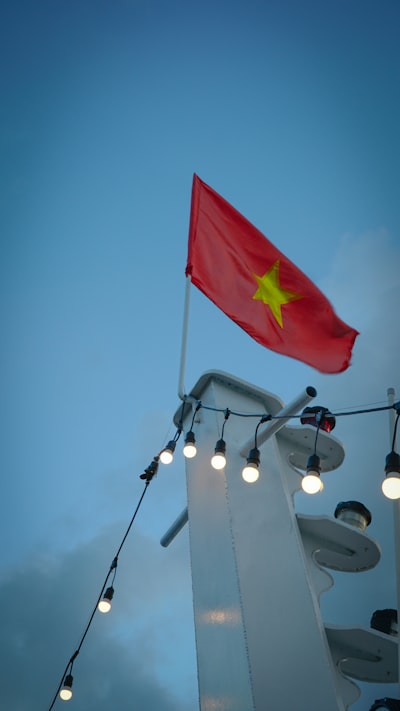Abstract
The South China Sea (SCS) remains a critical focal point of strategic competition, particularly between the United States and China. Drawing upon the headline "专家:美拉同盟在南海围堵中国 中国须做军事斗争准备" (Expert: US alliance encircles China in the South China Sea, China must prepare for military struggle), this article analytically examines the underlying subjects, actions, and far-reaching implications in the evolving security landscape of the SCS.
Background or Context
The SCS is a strategic maritime region, rich in natural resources and a crucial nexus for international trade. It is also a theater for longstanding territorial disputes involving China, ASEAN members (notably Vietnam, the Philippines, Malaysia, and Brunei), and Taiwan. In recent decades, the United States has increased its engagement under the framework of the "free and open Indo-Pacific" strategy, reinforcing alliances such as the US-Japan, US-Philippines, and US-Australia partnerships, as well as deepening security cooperation via minilateral arrangements like AUKUS and the Quad (US, Japan, India, Australia). China perceives these actions as a concerted effort to contain its rise and challenge its territorial claims.
Analysis and Discussion
Key Terms and Concepts
- Encirclement/Containment (围堵): Classic geopolitical strategy to limit the influence or expansion of a rival state, rooted in Cold War-era thinking (see Spykman's Rimland Theory, George Kennan's Containment Doctrine).
- Alliance Networks (美拉同盟): US-led multilateral and bilateral security commitments in the Asia-Pacific, acting both as deterrents and stabilizing mechanisms.
- Military Struggle/Preparedness (军事斗争准备): China's emphasis on modernizing its military capabilities, enhancing deterrence, and preparing for potential conflict scenarios.
Subjects and Actions
The headline underscores a dual agency: the US and its allies conducting encirclement, and China being compelled to prepare for military confrontation. This dynamic is embedded in classical realist international relations theory (Mearsheimer, Waltz), viewing global politics through power balancing and security dilemmas.
Broader Academic Context
Since the end of the Cold War, the Asia-Pacific security order has been marked by America's "hub-and-spoke" system, against which China has begun to assert its maritime claims and regional leadership (Shambaugh, 2004; Friedberg, 2011). The SCS disputes have intensified due to the dual pressures of national sovereignty (a core Chinese interest) and global commons, with external powers asserting freedom of navigation (FONOPS).
Causes, Effects, and Scholarly Perspectives
Causes:
- China's territorial assertions: The construction of artificial islands, deployment of military assets, and insistence on the Nine-Dash Line have alarmed neighbors and extra-regional stakeholders.
- US strategic repositioning: Motivated by a perceived need to uphold international law (e.g., UNCLOS), deter Chinese coercion, and maintain regional primacy.
Effects and Consequences:
- Security Dilemma: Each side's defensive measures are interpreted as offensive intentions, leading to arms races and heightened risk of miscalculation (Jervis, 1978).
- ASEAN's Dilemma: Smaller regional states navigate between economic dependence on China and security guarantees provided (or promised) by the US and partners (Acharya, 2014).
- Escalation Risks: Naval incidents, overflights, and gray-zone activities raise the prospect of inadvertent conflict (e.g., 2001 Hainan EP-3 incident, 2012 Scarborough Shoal standoff).
Real-World Examples
- AUKUS Formation (2021): A trilateral security pact seen as countering Chinese influence, especially with Australia's future acquisition of nuclear submarines.
- US-Philippines Enhanced Defense Cooperation Agreement (EDCA, 2014/2023): Expansion of US basing rights, interpreted by China as encroachment.
- China's Military Exercises (2023): Repeated live-fire drills intended both as deterrence and as preparation for contingencies.
Theoretical Implications
The ongoing dynamics affirm the enduring relevance of realist power politics, but also invite constructivist interpretations regarding national identity, historic grievances, and the role of international norms.
Conclusion and Implications
The evolving contest in the South China Sea, marked by the consolidation of US alliances and China's military modernization, portends a period of continued strategic instability. The potential for miscalculation necessitates robust crisis management mechanisms, multilateral dialogue, and confidence-building measures. Future research should address how nontraditional security threats, economic interdependence, and emerging technologies will reshape the calculus of deterrence and conflict. In sum, while military preparedness is rationalized by threat perceptions, a sustainable regional order hinges on balancing deterrence with diplomatic innovation.
This article was inspired by the headline: '专家:美拉同盟在南海围堵中国 中国须做军事斗争准备'.

Comments
No comments yet. Be the first to comment!